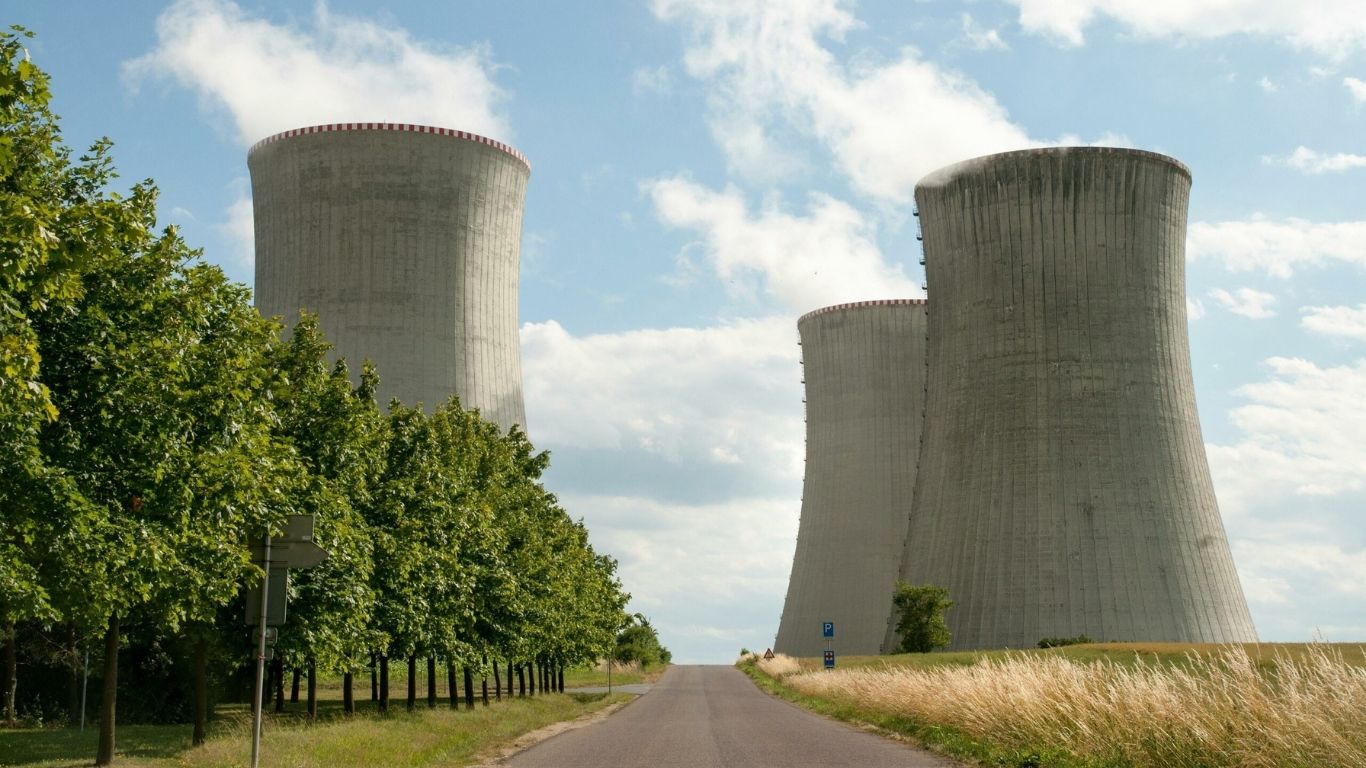A Deluge Descends on Chicago
On Tuesday night, July 8, 2025, Chicago’s West Side turned into a waterlogged disaster zone as a sluggish, soaking storm dumped up to 6.6 inches of rain in just 90 minutes, triggering a Flash Flood Warning until 11:45 PM CDT. The National Weather Service reported rain rates of 1-2 inches per hour, overwhelming the city’s aging sewer system and sparking chaos from downtown to Oak Park along the Eisenhower Expressway. With viaducts submerged, cars stranded, and water rescues underway, the storm exposed Chicago’s vulnerability to flash flooding—again.
“It’s like the city forgot how to handle rain,” a Homan Square resident grumbled, wading through knee-deep water.
West Side Bears the Brunt
The storm, which began with pop-up thunderstorms around 8 PM, morphed into a relentless deluge that hovered over the West Side, hitting neighborhoods like Homan Square, Douglass Park, and Tri-Taylor hardest. Near the United Center, over 5 inches of rain fell in 90 minutes, while Douglass Park recorded a staggering 6.6 inches. Flooded viaducts at Western Avenue and Kinzie Street saw dramatic rescues, including a Chicago Fire Department operation to save someone atop an Audi. Other rescues occurred at Western and Ogden avenues and Ashland Avenue and Kinzie Street, as reported by FOX 32.
The Illinois Department of Transportation considered closing local lanes of the Dan Ryan Expressway between 18th and 31st streets due to flooding, though no final confirmation was reported. Basement flooding was widespread, with the city urging residents to limit water use to ease strain on sewers. “It’s better for water to pool on streets than in basements,” the Office of Emergency Management stated, a refrain all too familiar after past floods.
“My basement’s a swimming pool, and the city’s telling me not to shower?” a Tri-Taylor homeowner snapped, eyeing the damage.
Downtown and Beyond: Chaos and Evacuations
Downtown Chicago wasn’t spared, with flash flooding turning streets into rivers and snarling traffic. A Teddy Swims concert at Huntington Bank Pavilion was evacuated as storms rolled in, leaving fans scrambling for safety. The north lakefront—Lincoln Park, Lakeview/North Center, and Edgewater—saw heavy rain but avoided the severe flooding that paralyzed the West Side, per CBS Chicago.
Social media buzzed with alarm. “CHICAGO IS FLOODING: SEEK HIGHER GROUND,” one X user posted, claiming lightning struck the John Hancock Center, though unverified. Another reported water rescues and “streets like rivers,” reflecting the panic as 5-7 inches of rain fell in parts of the city.
“I was at the concert, and suddenly it’s Noah’s Ark out here,” a soaked fan tweeted, fleeing Huntington Bank Pavilion.
A City Prone to Floods
Chicago’s no stranger to flash flooding, with events like the July 2023 deluge—when Berwyn saw 9 inches of rain—causing $500 million in damages. The city’s Deep Tunnel system and McCook Reservoir, meant to handle overflow, were outmatched in 2023, and Tuesday’s storm likely pushed them to the brink again. The Chicago River’s flow was reversed into Lake Michigan to protect downtown, a move that prompted swim bans at beaches like Foster and Rainbow due to water quality concerns.
Experts point to climate change, which fuels heavier rain events, and Chicago’s outdated infrastructure as culprits. “As our climate changes, our sewer system struggles,” the city admitted in a statement, echoing 2023’s post-flood analysis. Yet, despite FEMA disaster declarations and calls for upgrades, progress lags, leaving residents and businesses vulnerable.
“Same story every year—floods, excuses, and no fixes,” an Oak Park shop owner muttered, sweeping out muck.
What’s Next for Chicago?
As the floodwaters recede, Chicago faces a cleanup bill likely in the millions, with basements, roads, and businesses hit hard. The National Weather Service warned of lingering risks, urging drivers to avoid flooded underpasses, where fast-moving water can sweep away vehicles. The city’s advice—elevate appliances, install sewer check valves, and avoid floodplains—feels hollow to those already underwater.
Posts on X called for federal aid, with some users speculating about a FEMA declaration for Cook County, as in 2023. Others questioned why viaducts like Western and Kinzie remain flood-prone despite years of warnings. The storm’s timing, amid a summer of economic and political tension, adds pressure on city officials to act.
For now, Chicagoans are left drying out, with the West Side bearing scars from a storm that caught many off guard. As climate-driven rains intensify, the city’s resilience will be tested again—unless it finally learns to weather the storm.




